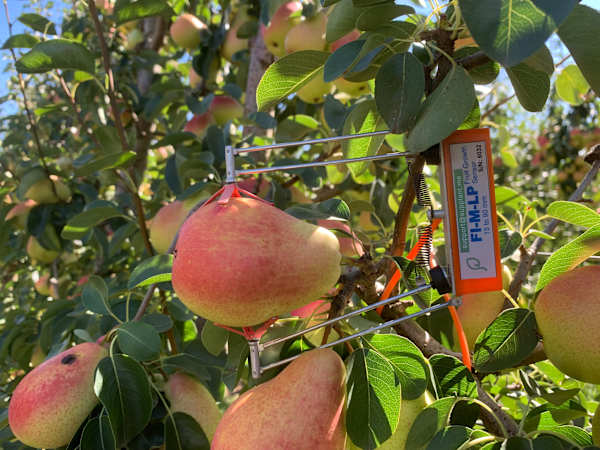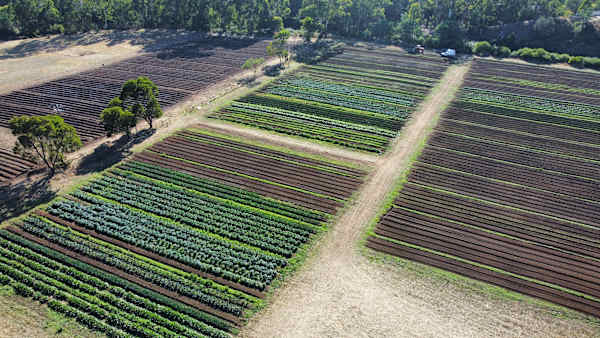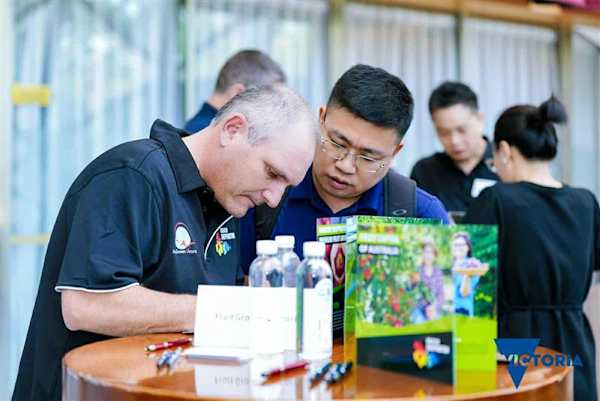THIS season the impact of fruit fly has been mixed, according to local growers and gardeners, but the pest problem can be calamitous if left untreated.
Myrtleford horticulturalist Annette Smits said there had been large numbers of fruit fly in the area during the fruiting season, citing numbers in her own garden and two Beechworth property owners who had reported significant numbers of the fly.
“I had traps full; every fortnight I had to make new gel,” she said, referring to the attractant gel that kills the winged insects.
One of those Beechworth property owners, Mareike Borchard, said she had to strip her 10 apple trees of fruit due to an infestation, and she wasn’t sure how the pest got to her property.
“We live in the middle of the national park, so we were quite surprised,” she said.
Latest Stories
“It could have been from animals, I don’t know.”
However, other reports on the fly have been mixed.
Three local orchards – two in the Alpine Shire and one in Whorouly – reported no problems with the fly.
Local gardener Alan Mitchinson said only one of his clients suffered from the pest this season, though he said he only has a small number of clients.
“As soon as we noticed we sprayed the trees and then netted them straight away,” he said.
“They came in fairly early this year.”
While he only had one client affected by fruit fly, he said he had heard other gardeners reporting problems with the pest.
According to the latest National Fruit Fly Strategy, there are a number of fruit fly types, but the most economically destructive are the Queensland Fruit Fly, which is distributed along the eastern seaboard into the Northern Territory, and the Mediterranean Fruit Fly, which lives in parts of Western Australia.
Both lays eggs in fruit, and upon hatching, the maggots will consume the fruit from the inside out, eventually leaving to pupate in the soil.
There are a number of homemade recipes for fruit fly traps, with ingredients like vegemite, fruit, milk, sugar and even red wine, but most of them don’t work, according to Ms Smits.
Around 7-8 years ago she tested a number of fruit fly remedies, finding the most effective is the ‘BioTrap’, which combines a pheromone lure for the male fly and an attractant gel for the female fly.
At the time she got the Myrtleford rural supplies cooperative TAFCO to begin selling the traps and associated lures.
After this year’s troubles she is happy to report TAFCO has got them back in stock.
As well as using traps, growers are advised to use fine netting and to pick up fallen fruit to stop the fly.














